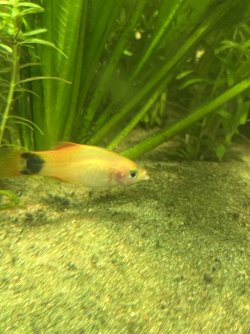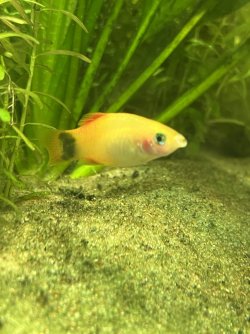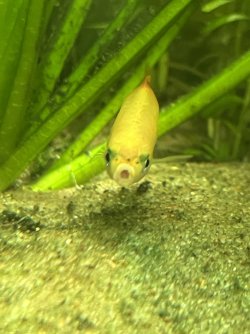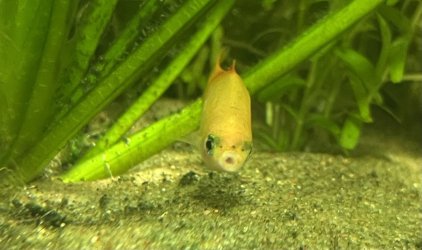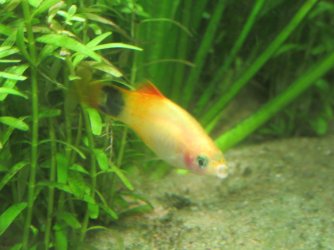Hi everyone! I noticed this morning that one of my platys in my 75g community tank has started to breathe way more than the other platys are, its mouth is almost always open. I observed the platy and noticed that it looked like it had a very small cotton-like film inside its mouth lining, which looked like columnaris. It also seems that part of its upper lip is folded back or missing. None of the other fish are displaying any symptoms of disease or infection. I have dealt with Columnaris once before and was able to heal all the affected fish quickly using jungle fungus clear fizz tabs and Kanaplex. Does the platy definitely have mouth rot/ columnaris? I have provided photos of the affected platy (first photo) and another one that is definitely healthy for comparison.
Thanks in advance
Thanks in advance
Attachments
-
 13.jpg188 KB · Views: 128
13.jpg188 KB · Views: 128 -
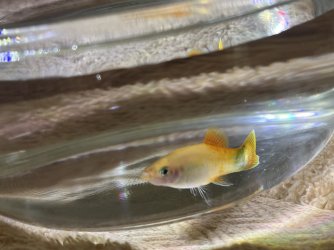 image122.jpg243.4 KB · Views: 95
image122.jpg243.4 KB · Views: 95 -
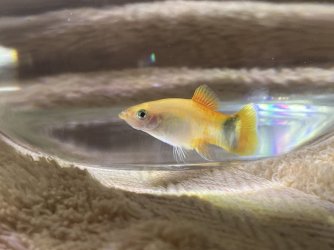 image21.jpg232.7 KB · Views: 68
image21.jpg232.7 KB · Views: 68 -
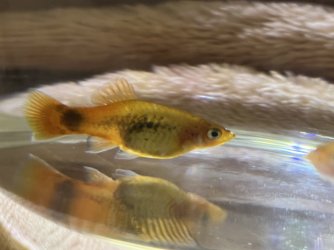 image12.jpg184.5 KB · Views: 83
image12.jpg184.5 KB · Views: 83 -
 image.jpg182.3 KB · Views: 67
image.jpg182.3 KB · Views: 67 -
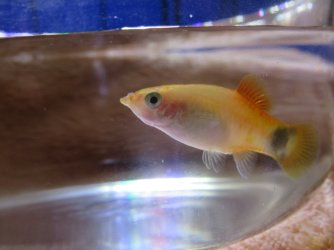 23424.jpg178 KB · Views: 72
23424.jpg178 KB · Views: 72 -
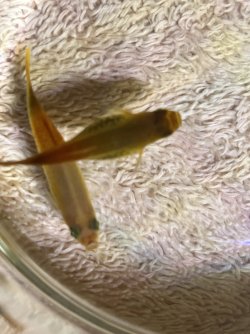 12221.jpg293.9 KB · Views: 60
12221.jpg293.9 KB · Views: 60 -
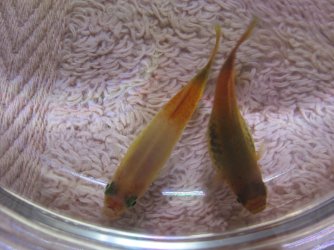 2313.jpg276.1 KB · Views: 55
2313.jpg276.1 KB · Views: 55 -
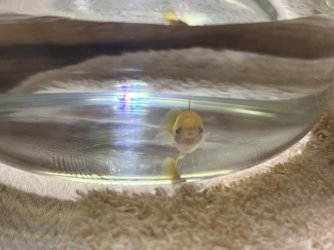 2121.jpg234.7 KB · Views: 51
2121.jpg234.7 KB · Views: 51 -
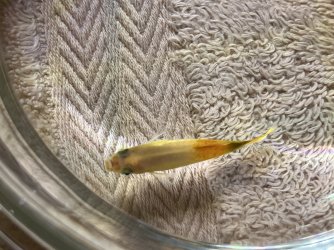 313.jpg403.4 KB · Views: 55
313.jpg403.4 KB · Views: 55 -
 311.jpg306.7 KB · Views: 48
311.jpg306.7 KB · Views: 48 -
 212.jpg242.8 KB · Views: 60
212.jpg242.8 KB · Views: 60


